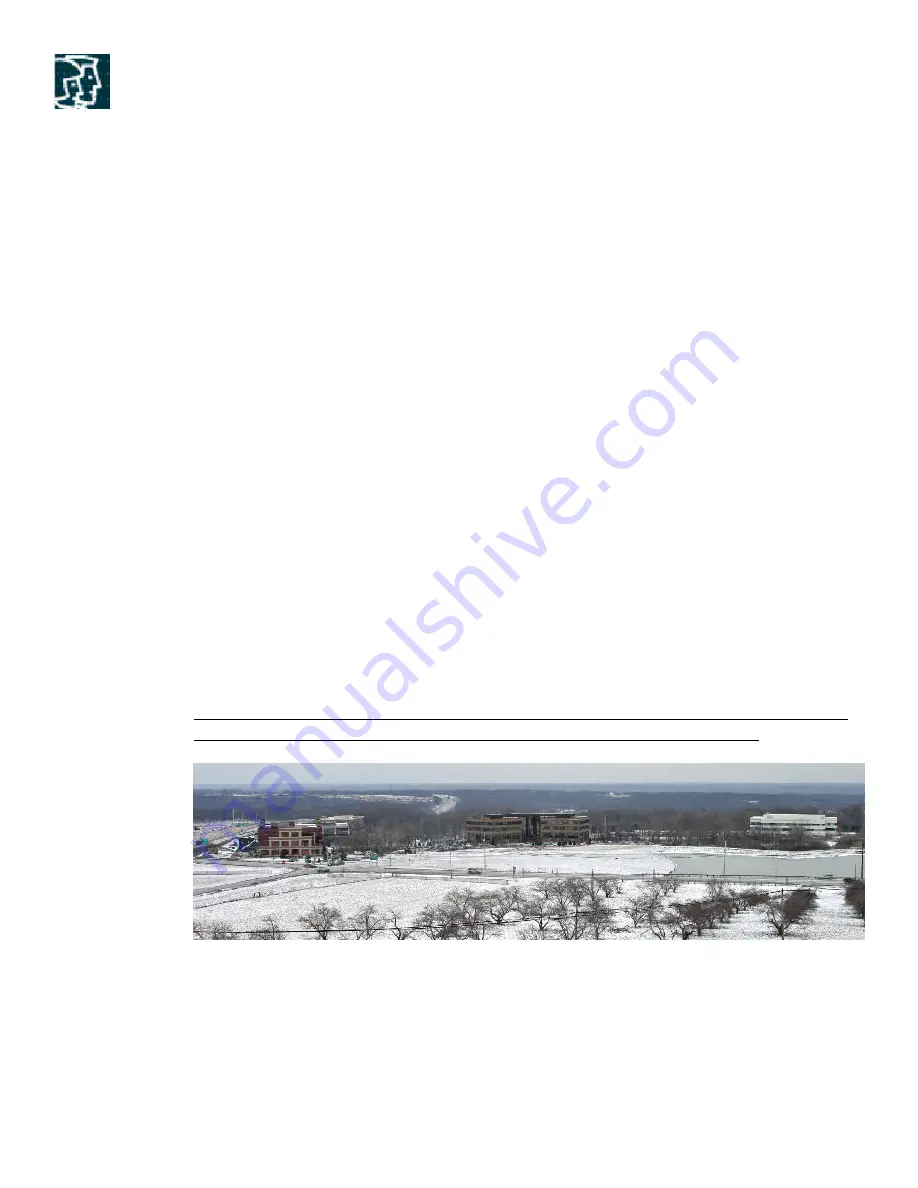
Copyright © 2004 Cisco Systems, Inc. All rights reserved.
Page 22 of 53
through objects such as trees, foliage, hills or other buildings as these objects can absorb or reflect
radio signals away from the intended target. Distances greater then 6 miles (9.6 Km) generally
require radio towers or high locations to overcome the Line of sight obstruction caused by the
curvature of the earth.
Technical jargon:
As the Bridge signal propagates from the antenna, its power level decreases at
a rate inversely proportional to the distance traveled and proportional to the wavelength of the
signal, this is known as FSL “Free Space Loss”. This variable is used in the Cisco outdoor Bridge
range calculation utility to determine the maximum distance a Bridge link can go.
Although one can use a GPS (Global Positioning System) and or a topographical map to determine
if there are any hills or obstructions in the way, it is always best to first visit the site and physically
examine the site to determine if you can see the sites you wish to link together. This can answer a
lot of questions you may have, but you may have to go on the roof of the building or up in a bucket
truck to successfully perform this task.
Once you are on the roof or other high location look around see if you can spot the site(s) you wish
to link. If the site is behind trees or other obstructions a tower may be required. To determine if a
tower is required, a very low tech method is to simply tie a few helium balloons together with some
kite string. The low cost helium foil type balloons available at any party shop work best and can be
easily floated above nearby objects. Binoculars or a telescope may be required to observe more
distance links. Strobe lights could be used instead of balloons if this task is done at night or from the
top of a building roof. Another method of spotting would be to raise a bucket truck or use a vehicle
with a telescoping mast.
Tip: Measuring the string used to float your “spotter balloon” would give you an idea how
high a radio tower or other structure would need to be to support your Bridge.
Figure 18.
It is easy to link any or all of these nearby buildings together
If you can see all the sites, installing the links is simply a matter of determining the distances and
data rates desired. If you can not see the building that you wish to link due to trees or other objects
then you might be able to install or use a nearby radio tower to get above the obstruction. Another















































